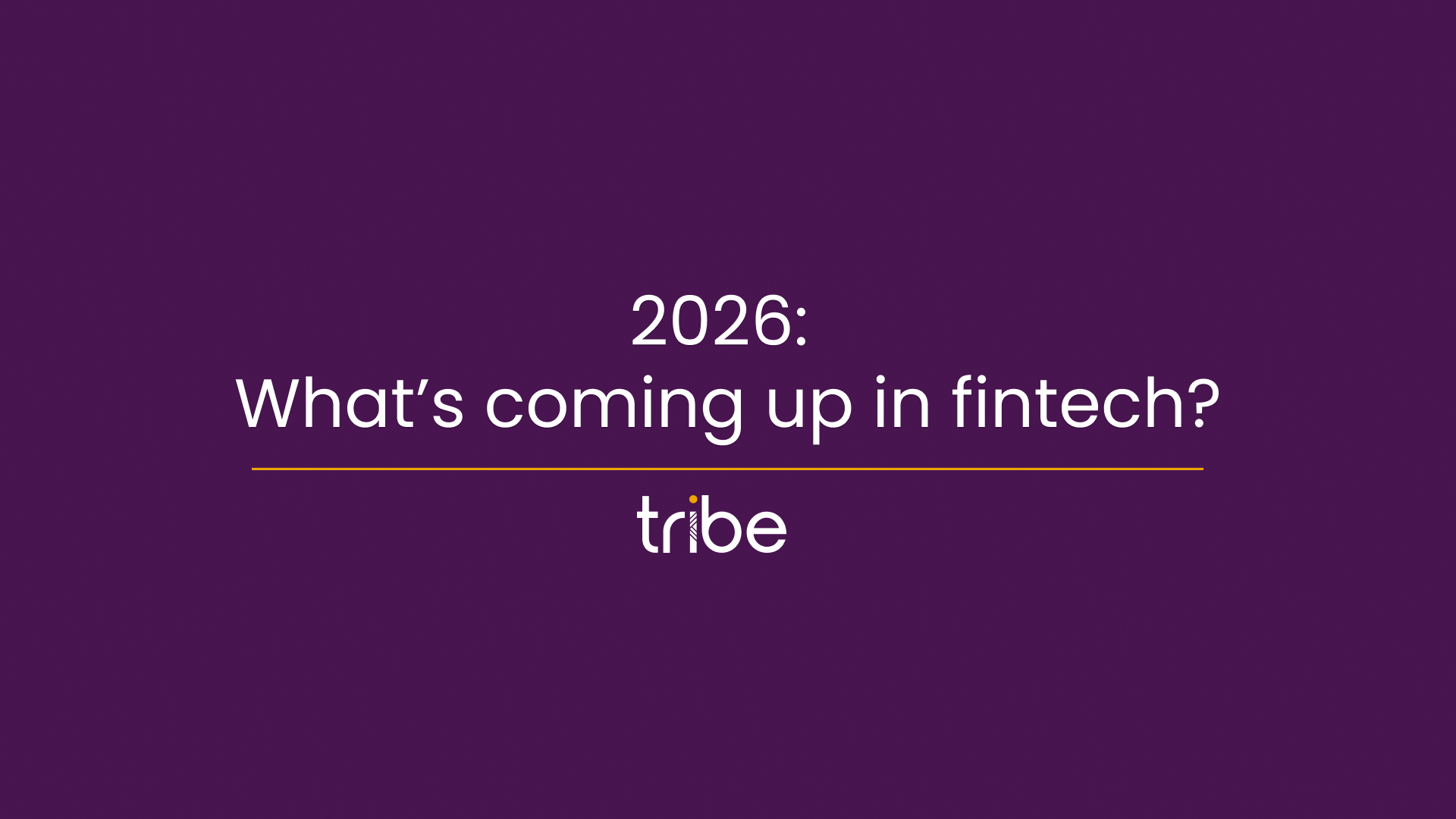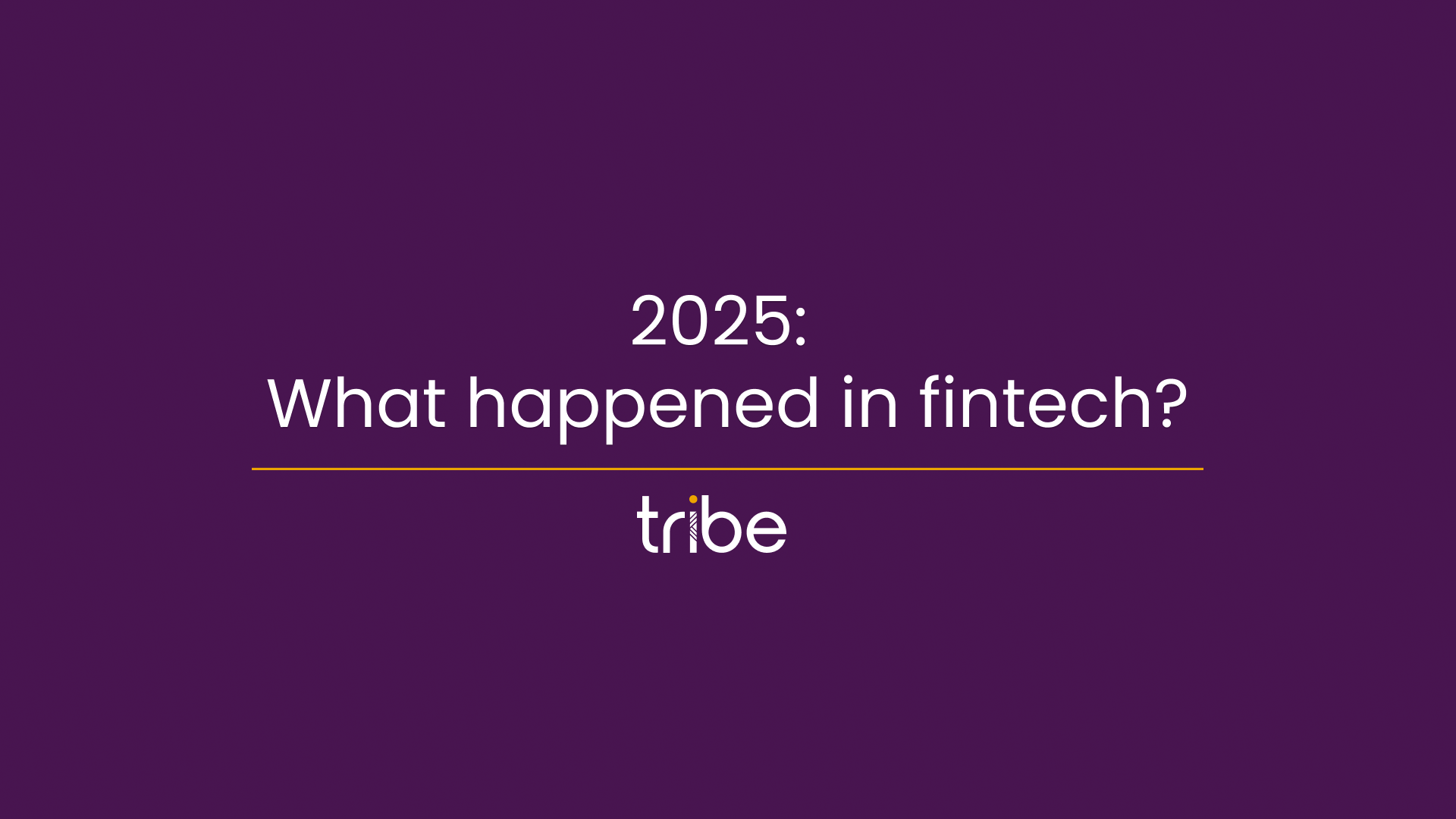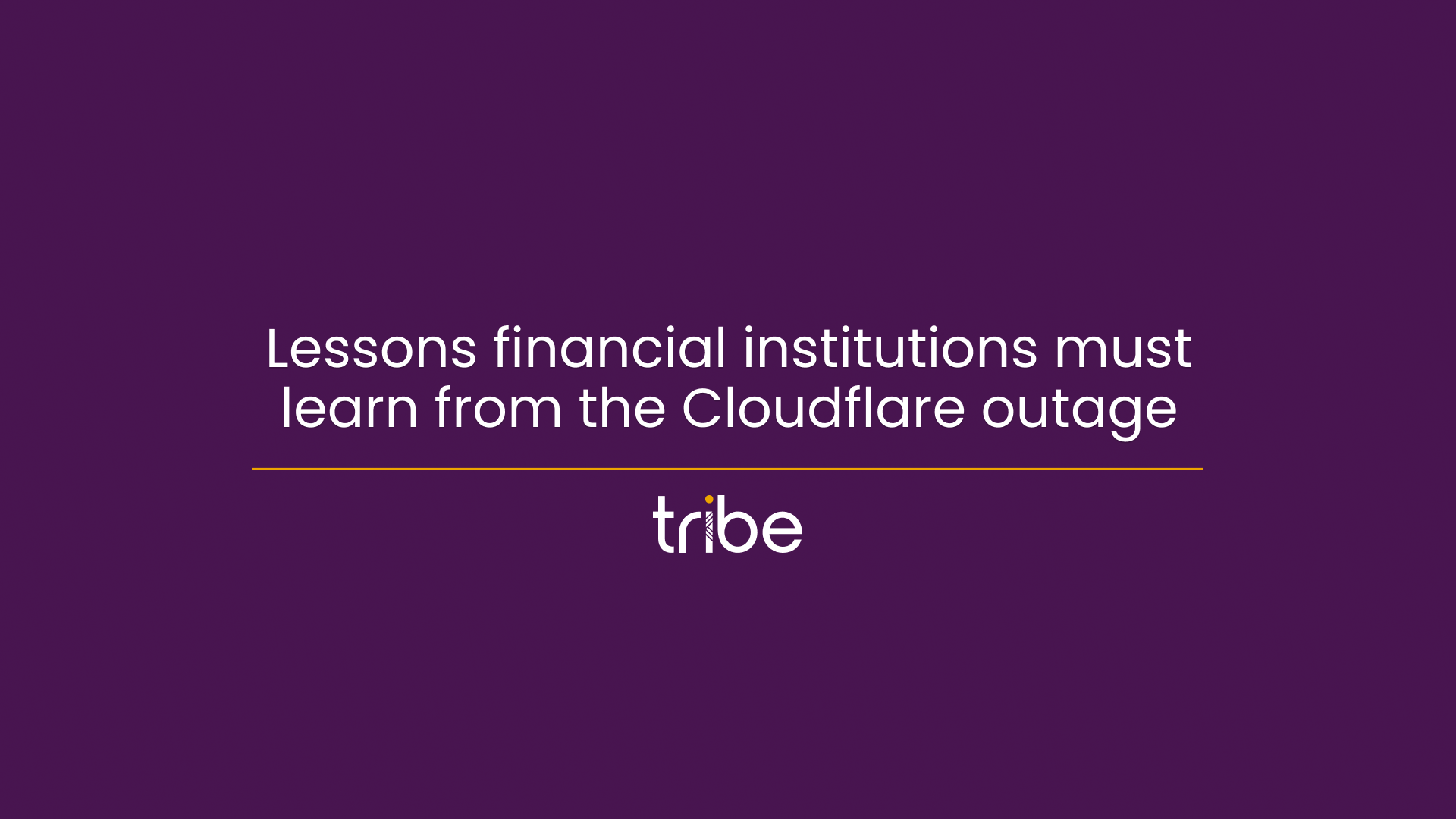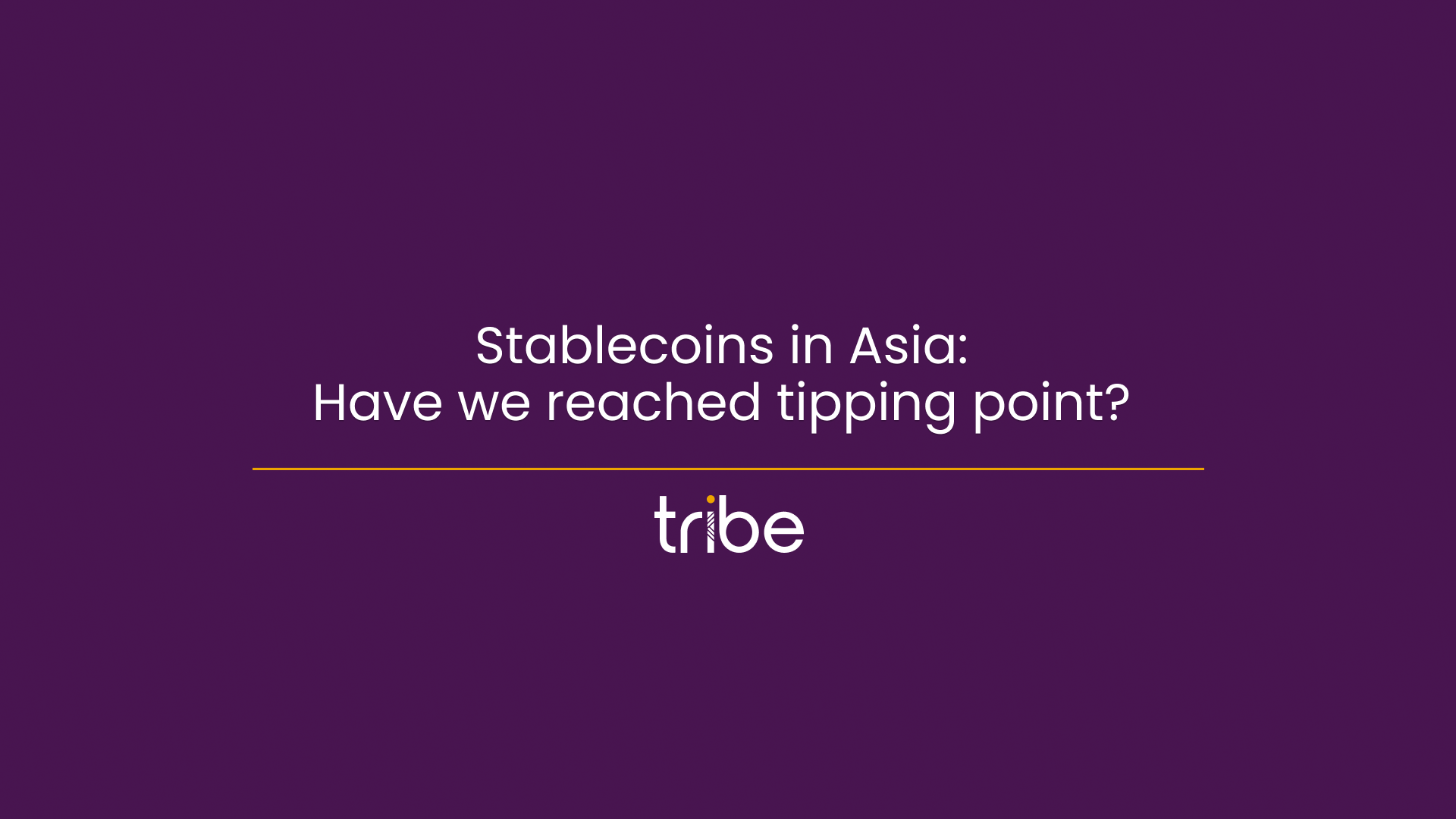The rise of the specialist neobank
Have the neobanks won? By some measures, it’s a mixed picture. According to consultancy Simon Kucher, there are now over a million neobank accounts worldwide, but only a minority of these businesses are profitable. As of mid-2022, an analysis of the 25 largest Neobanks in the world showed that only two have achieved profitability.
However, In the UK, almost a third of consumers now have a neobank account, and steady growth is predicted, and two-fifths will have an account by 2025. Half of those will use these as their main bank accounts — these are no longer just handy second accounts to make it easier to use public transport or pay bills. This growth is likely to continue, given that the biggest demographic using these banks are the under 30s.
Even if it’s perhaps too early to say if neobanks have won their place in the market, they’ve definitely won the argument: A survey by UK Finance this year showed that 81% of adults say the quality of online experience determines who they bank with, and that the use of both online and mobile banking has risen significantly.
Is there any room to compete?
The growth of neobanks and the response from the incumbents means that it looks like it would be tough for any new business looking to compete with these fast-growing businesses. The retreat by N26 from the UK and US and the collapse of Bank North are just two examples of a market that may now be saturated.
But fast growth leaves behind niches and special cases that go ignored. The main consumer neobanks have focused on a particular type of customer in order to grow and move towards profitability, and they are right to do so — any business in a similar situation needs to specialise to an extent, and targeting young-ish (speaking from personal experience millennials are either middle-aged or fast approaching it - ask my hairline!) tech-savvy professionals makes sense. But it will mean some people and businesses will be underserved and present an opportunity.
Finding the niches that are big enough to support a fintech business is where we will see new neobanks thrive. We’re unlikely to see a new Starling or Monzo any time soon, but there’s room to compete by targeting different sets of customers — not a new wave of disruptors, but new banks filling in the gaps.
Where are those niches?
Affinity groups: Gowomen, Ribbon and Pride Bank are just a few examples of neobanks looking to provide services to those who are underserved by other banks. There has been some scepticism about how far these banks can succeed, not because the customers they target are not being left behind, but by how people see themselves. Many people have several affinities and may not identify with one strongly enough to choose one bank over another. Nevertheless, where there are gaps where people feel they are not being served well enough by either incumbents or neobanks, an opportunity exists.
Some neobanks have launched to target the gig economy, where many workers are underbanked and need a financial provider that understands their specific needs, but this is not the only niche where fintechs are working. Taxi drivers, doctors, and even musicians have their own specialist providers, and any provider that can determine a need in the market may be able to create a successful business.
The niche market likely to have the biggest potential, however, is SMEs. Small businesses are not necessarily underserved, but they are likely to feel like they are not offered enough. SMEs often say the products and services offered by banks don’t meet their expectations or needs. As an example, more than half of SMEs apply to only one loan provider because of the “hassle” and time associated with the application journey. According to a survey by fintech low-code specialists FintechOS, 84% of SMEs have had a bad experience with Know Your Customer procedures — a process that’s generally pretty simple and streamlined for consumer banks.
Research from identity provider Prove shows that as of 2020, there were 21 SME-focused digital banks in Europe, and some, like Tide, are close to being household names. The key to new banks making an impact will be providing a suite of services that meet SME needs, from payments to credit to services outside of traditional banking, like card issuing and embedded finance. SMEs have a whole host of specialist needs where a bank could offer services, likely through partnerships, such as payments acceptance, accounting, tax submission, and stock management. Even what might seem like small improvements to the service can make enough difference to win potential customers over, such as reducing settlement timeframes. Trust will also be vital, as SMEs who want to switch away from other banks will need to know that there is substance behind a better user experience.
Some have predicted that we are at the end of the era of neobanks, but I believe we’re really at the end of the beginning — the initial disruption may be over, but customers will no longer accept old ways of doing things and banks old and new can no longer rest on their laurels and provide a below-par service. The next stage of neobanks will be specialising, part of the ongoing cycle of “unbundling” and “rebundling”, this time with customer niches rather than services.







.png)
.png)



.png?width=137&height=90&name=Payments%20Awards%20(1).png)


.png)